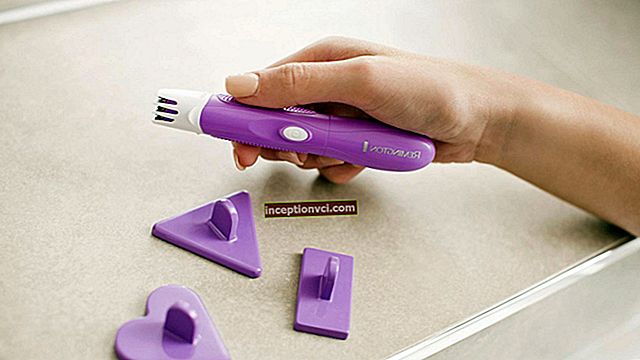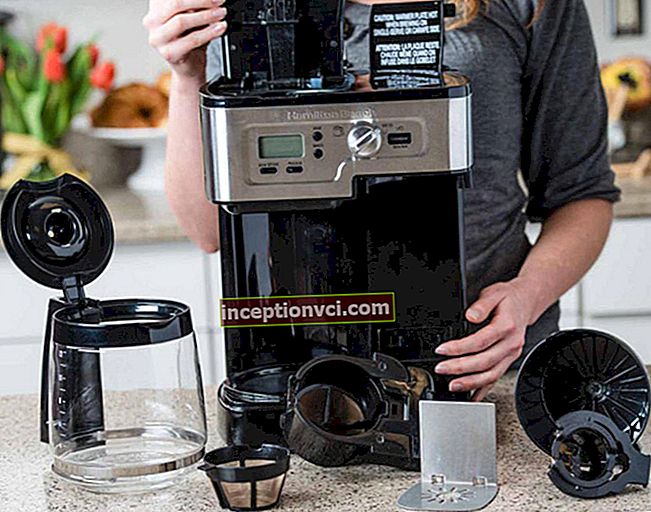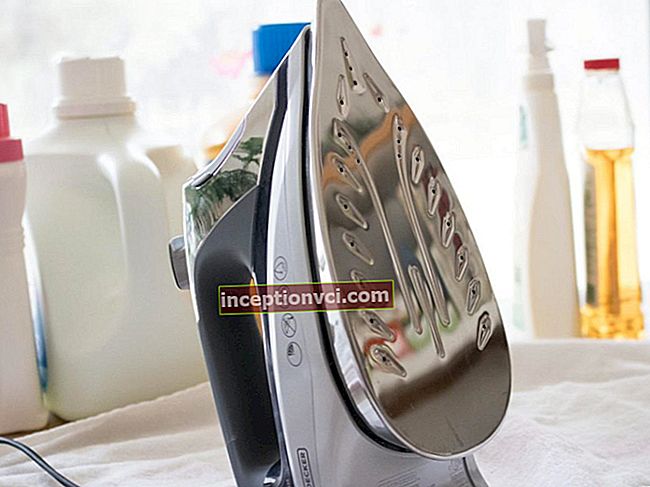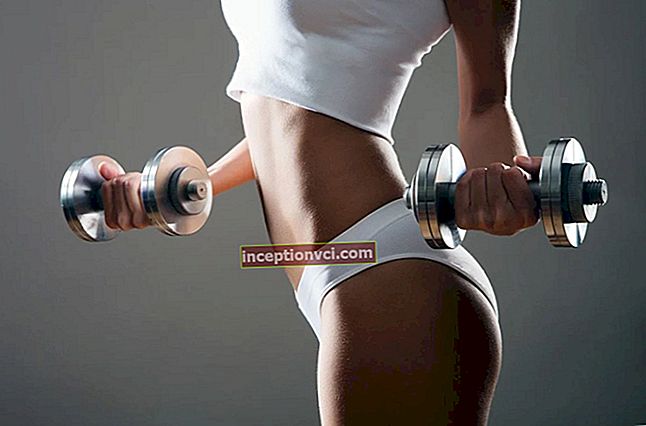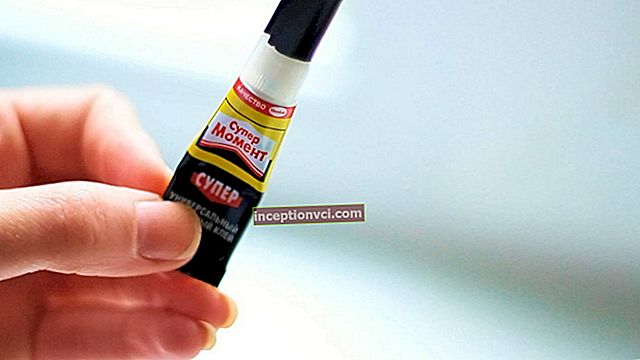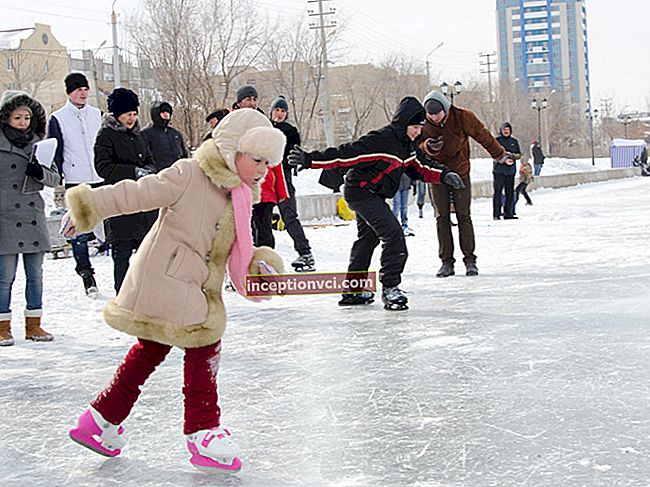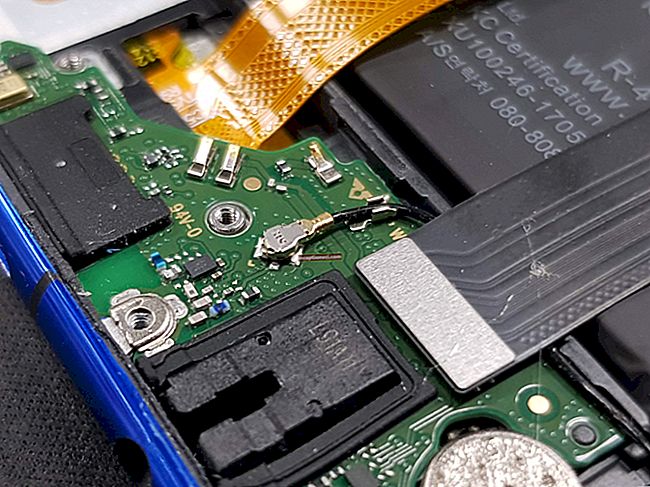Weapon "chambered for Flaubert".
Given the high level of urbanization of modern life, entertaining shooting from pneumatic or other low-power weapons at cans, boxes, bottles and other garbage is very popular among the male population. Many people relax in this way in nature, in the courtyard of a private house or even in an apartment, using boxes filled with newspapers and rags instead of bullet traps. This hobby is called "plinking", it came from the West, and has taken root in our country.

Today, in Ukraine, the Flaubert weapon with a caliber of 4 mm is in free sale, as well as pneumatics, and can be sold to any adult. In some other countries, for example in Lithuania, the sale of such weapons is also allowed. Moreover, the sale of Flaubert weapons with a caliber of 6 mm is allowed there (such weapons did not pass certification in Ukraine). And in some, for example in Russia, such a weapon is equated to a combat firearm, and is sold only with a special permit. This should be taken into account by the owners of such pistols when crossing the border of Ukraine with Russia.
At its core, the Flaubert weapon is a small bore firearm. However, due to its rather modest tactical and technical characteristics, such a weapon is classified by the Ministry of Internal Affairs as the so-called "serious pneumatics". This opened up free access to more serious shooting training weapons. From a legal point of view, the Flaubert weapon is a “sporting and recreational weapon” and is on the same level with the spring-piston and gas pneumatic weapons. At the same time, gas-cylinder counterparts do not provide such an approximation to the real conditions of combat shooting. When firing a Flaubert weapon, there is a "real" sound, and smoke from the barrel, and a slight recoil.

Since revolvers are the most optimal weapon in terms of operational properties, many arms companies have mastered the production of revolvers. A wide variety of brands and models of Flaubert revolvers will satisfy the needs of the most demanding and picky shooter. "Safari RF-430" - here you can already choose in terms of power, quality, and design.

Revolvers are relatively simple in design and unpretentious in operation, however, they have a number of certain disadvantages that reduce technical characteristics and lead to some problems during long-term operation. Many models are made from various alloys and do not have steel elements in critical places. Insufficient accuracy during manufacture, as well as rather rapid wear of the elements of the drum fixing mechanism and the firing mechanism, lead to a shift in the axes of the barrel and drum before firing.

Almost any model has a significant gap between the barrel and the drum, bored drum chambers and rifled barrels that do not correspond to real shooting conditions. Considering the exceptional softness of the bullet material and the high dynamic performance of the shot (it actually occurs in detonation mode), there is a significant loss of energy due to the passage of gases and intensive contamination of the barrel bore with lead residues. Test tests show that the accuracy of fire from the Flaubert revolver decreases rapidly after almost 4-5 rounds. Removing lead residues, especially in the breech, is a challenge due to the lack of easy access. And a complete barrel cleaning is almost impossible.
The history of the Flaubert weapon.
In 1842, the French gunsmith Flaubert created a small-bore cartridge.In such a cartridge, a primer composition was used as a charge, which was pressed into the bottom of a seamless copper sleeve with a rim. To produce a shot, the firing pin of the weapon strikes the edge of the sleeve on the side of the chamber. This type of ignition is called "annular". In this case, the primer charge explodes and ejects a round bullet from the barrel bore, which is fixed in the muzzle of the sleeve. The length of the case was 125% of the length of the caliber, and the cartridges were made in three calibers - 4, 6 and 9 mm. Cartridges with a caliber of 4 and 6 mm were used for training target shooting in enclosed spaces - rooms or saloons. And with a caliber of 9 mm, they trained in open space or hunted small game.
Flaubert, simultaneously with cartridges, developed and manufactured smooth-bore and rifled weapons. Both Flaubert's cartridges and the weapons of his system have become widespread throughout the world due to their high reliability in operation, relative cheapness, rather weak sound and low danger to others. In those days in Russia, such a weapon was called "Monte Cristo". And to this day, both Flaubert's cartridges and Flaubert's weapons are manufactured and sold in the United States and Western Europe. The active demand for which in the modern world is due to both the relative cheapness of the shot and the requirements of the legislation of many countries, according to which such weapons can be freely sold.
Legal aspects of the exploitation of the Flaubert weapon.
To determine whether a particular type of weapon belongs to the category of firearms, forensic experts use a methodology approved by a number of orders of the Ministry of Internal Affairs. However, the application of this technique may involve some exceptions. For example, a product that was not originally intended by the manufacturer to cause bodily harm to a person cannot be recognized as a firearm. These include various signaling devices, construction guns, etc.
The appearance in the free sale of weapons intended for shooting outside the shooting ranges or specially equipped sites (this is how the purpose of the Flaubert weapon is determined by its manufacturer) has led to the emergence of some contradictions. However, it should be noted that the generally accepted criteria for classifying weapons as firearms were developed back in the 70s of the last century and were determined on the basis of studying the possibility of inflicting penetrating damage on a person with bullets with a caliber of 5.6 to 9 mm. And such experiments with Flaubert's cartridges, of course, were not carried out.

As a result, in order to objectively and comprehensively study the level of the damaging ability of this type of cartridges, the State Research and Development Commission for the Ministry of Internal Affairs of Ukraine, together with the Kiev Bureau of SME, carried out complex biomedical and forensic studies. The research was carried out while firing from pistols "ME-38 Magnum 4-R" and "Alfa 461" with Flaubert cartridges of 4 mm caliber produced by the companies "Selier & Bellot" (Czech Republic). The shooting was carried out at a distance of 1-3 meters, the speed of the bullet was measured by the Polet bullet speed recorder. Based on the results of the studies, it was found that, despite the presence of parts inherent in firearms, Flaubert pistols with a caliber of 4 mm are not intended for inflicting penetrating injuries on a person. The bullets of such cartridges do not have sufficient kinetic energy to inflict serious bodily harm, therefore such pistols are not classified as firearms. As a rule, they are equipped with protection against unauthorized alterations for firing live ammunition.
Ammunition.
Today, the most common 4 mm Flaubert cartridges are short and long cartridges manufactured by Dynamit Nobel (Germany) and Selier & Bellot (Czech Republic).

The cartridge consists of a sleeve, a bullet and a pyrocomposition (powder charge).The pyrocomposition is used as a source of driving force and is a gray-yellow substance pressed into the bottom of the liner. The total weight of the long cartridge is about 0.87 g, the short one - 0.78 g. The weight of the powder charge is about 0.01 g. An alloy based on lead is used as a material for making bullets. The diameter of the bullets is about 4.2 mm, and the mass is 0.47-0.48 g. There are bullets without a shell (long cartridge) and with a shell (short cartridge), which is usually made of copper alloy. Liners - cylindrical with a rim. They are usually made of copper or brass alloy.

It is also possible to cover the sleeve with a silvery metal. The length of the case for the long cartridge is 8.1 mm, and that of the short cartridge is 6.4 mm. The diameter of the bottom of the sleeve is 5.9 mm, the diameter of the side surface is 4.6 mm. At the edges of the bottom of the sleeve, an initiating compound is pressed in, and the sleeve is connected with a bullet by the crimping method. On the territory of our country, it is allowed to use Flaubert's pistols and cartridges with a caliber of 4 mm. Long cartridges (long) are more common, and short cartridges (kurz) are less common. The characteristics of the 4mm rimfire cartridge are as follows:
- Chuck length: 10.5 mm.
- Sleeve length (long cartridge): 8.5 mm.
- Sleeve length (short cartridge): 6.6 mm.
- Sleeve diameter: 4.6 mm.
- Flange diameter: 6 mm.
- Bullet weight: ~ 0.5 g.
Special cartridges are used to implement some specific functions, such as launching flares or sounding a sound signal. They contain powder-free pyrotechnic ammunition, which are commercially available - "eurocapsule", "chewed" capsule, etc.

It is worth paying attention to the fact that in order to eliminate the likelihood of problems when using the Flaubert weapon, two basic rules should be remembered and strictly observed:
- Use the weapon exclusively in the mode specified by the manufacturer (shooting practice).
- Use only standard (certified) Flaubert cartridges for use.
Feasibility of equipping the Flaubert weapon with rifled barrels.
Initially, the purpose of creating rifled barrels was the desire of the developers to significantly improve the technical characteristics of the weapon. The use of such a structural element made it possible to use an elongated bullet instead of a spherical one, since its rotation around the longitudinal axis improves flight stabilization and prevents "somersault". Weapons using an elongated bullet have a number of significant advantages over weapons using spherical ammunition:
- With the same energy parameters, weapons with an elongated bullet have a smaller caliber, and, consequently, less weight.
- The flight path of an elongated bullet becomes more flat, that is, the horizontal section of its movement increases. This is due to a decrease in drag, both due to a more successful aerodynamic shape, and due to a decrease in the diameter of the bullet.

The main destabilizing factor when using a spherical bullet is its uncontrolled rotation. This effect occurs during the movement of the bullet along the barrel, due to the uneven contact of the bullet with its walls. An effective way to combat this effect is to place the bullet in a special container, which disintegrates when it leaves the barrel. Those barrels that are specially designed for shooting with a spherical bullet have a uniform taper along the entire length. Today they are practically not used, since they do not allow the use of a shot charge. Therefore, a barrel with a uniform taper loses in versatility to a barrel with a "choke" (muzzle restriction).
When shooting from pneumatic weapons, as a rule, sub-caliber steel copper-plated balls of 4.4 mm caliber ("Gamo Round") are used.Steel balls are used when shooting from inexpensive mass-produced pistols. They have a simplified ammunition feed and a smooth 4.5 mm barrel. The smooth barrel is used in connection with the explainable reluctance of the manufacturing plant to have complaints about the quality of its weapons after firing low-quality balls from it, and almost everything will fly out of the smooth barrel.
However, there are models with an inexplicable combination of the type of barrel used and the type of ammunition recommended for use. One of the representatives of such a group is the MP-654K pistol. In the original version, it is equipped with a 4.5 mm rifled barrel and provides for the use of steel balls. As a result, this model has an extremely low accuracy of fire, which forces the owner to switch to the use of lead ball-shaped bullets with all the ensuing problems from their use. It is worth paying attention to the fact that the improvement in the accuracy of fire in this case has nothing to do with the rotation of the spherical projectile around the longitudinal axis. This is influenced by completely different factors:
- Firstly, the rotation of the ball can be very weak. This is due to the very small contact field between the rifling of the barrel and the surface of the ball.
- Secondly, there may be no rotation at all. This is due to the fact that the lead ball, receiving a high speed in the channel of the drum, gets into the rifled barrel and practically cannot stay on the rifling due to the softness of the material.
- Thirdly, the rotation of the spherical projectile around the longitudinal axis practically does not affect the accuracy of fire.

The reason for the increase in the accuracy of fire is solely a decrease (or complete absence) of uncontrolled rotation of the bullet around an axis perpendicular to the direction of movement. The same effect is achieved when the weapon is equipped with a smooth barrel with a smooth minimum taper along its entire length. The use of such a constructive solution significantly reduces the degree of contamination of the barrel bore with lead particles and greatly simplifies the cleaning of the weapon. On the other hand, some energy losses are observed to overcome resistance, which is not quite acceptable for pneumatics due to low energy.
In Flaubert pistols, the ratio of these factors is somewhat different. With higher dynamic performance of the shot and a greater energy potential, the negative properties of rifled barrels are manifested much stronger - ammunition stripping from the rifling and instant pollution, which reduces accuracy. At the same time, a significant energy reserve of the Flaubert cartridge allows the use of smooth barrels in such weapons without any deterioration in energy performance, while maintaining the accuracy of fire and simplifying the procedure for cleaning the weapon. This feature is one of the fundamental in the development and manufacture of Flaubert pistols.

At the end of the article, it is worth recalling that the Flaubert pistol is intended exclusively for training and recreational shooting and is not adapted for self-defense, like pneumatics. However, shooting from pneumatics can only be carried out with special CO canisters.2 (for CO2-weapons), bulky compressed air loading systems (for balloon systems) or is characterized by a tedious loading method (for spring-piston pneumatics). At the same time, the Flaubert pistol allows you to fire every shot with ease and convenience. But the most important thing is that the shooting is carried out from the very real weapon, which shoots with a unified cartridge (even without gunpowder). Load your gun and shoot yourself, enjoy!
